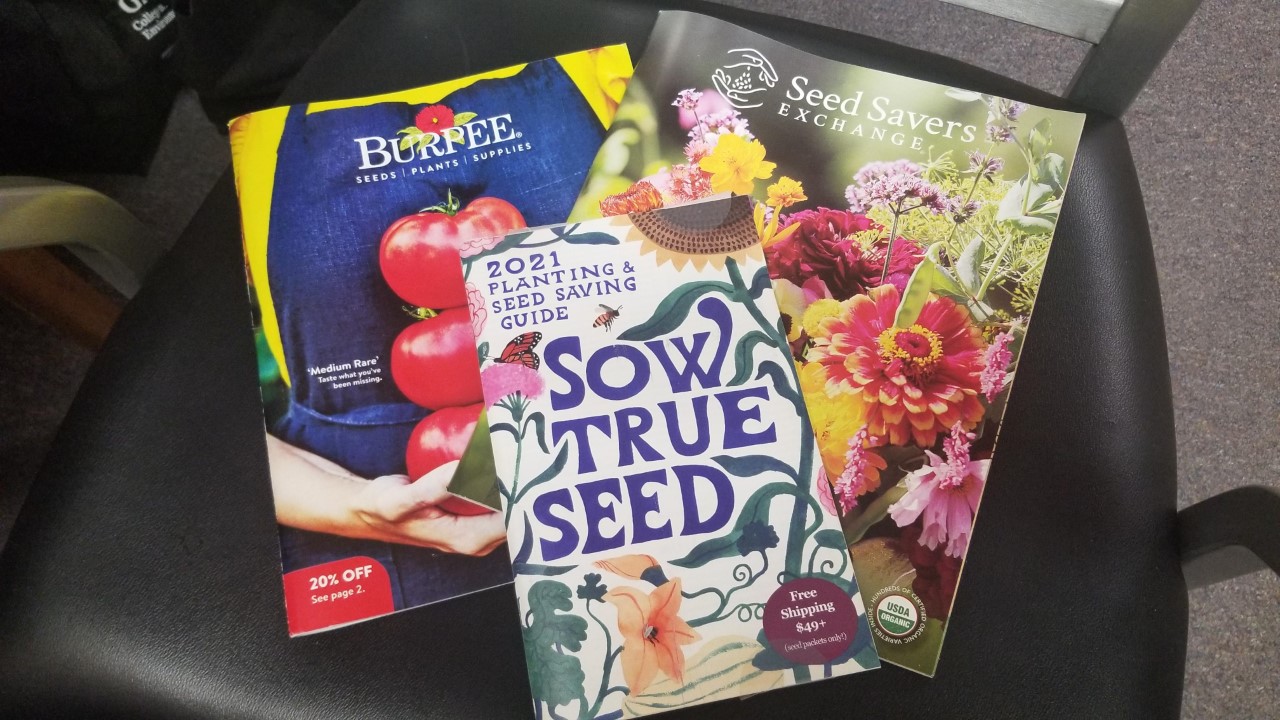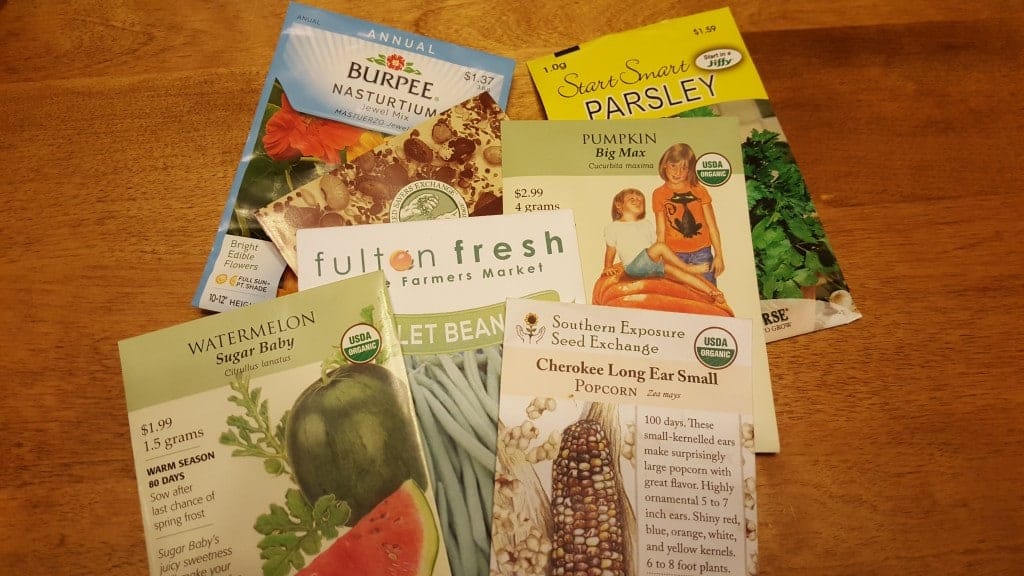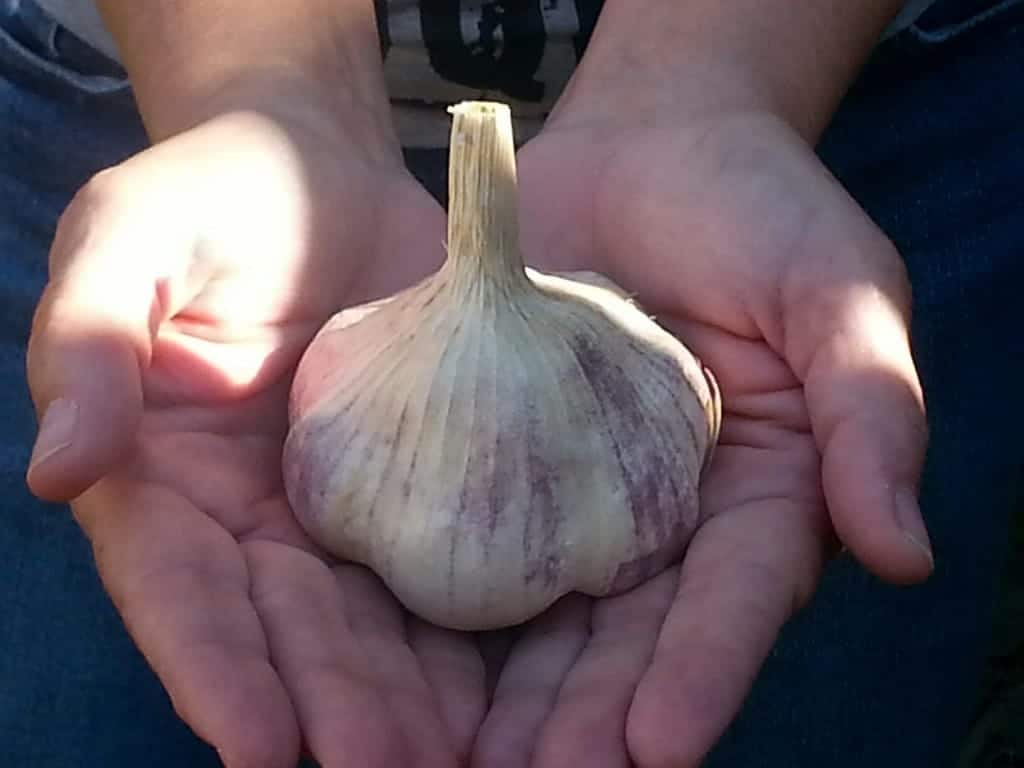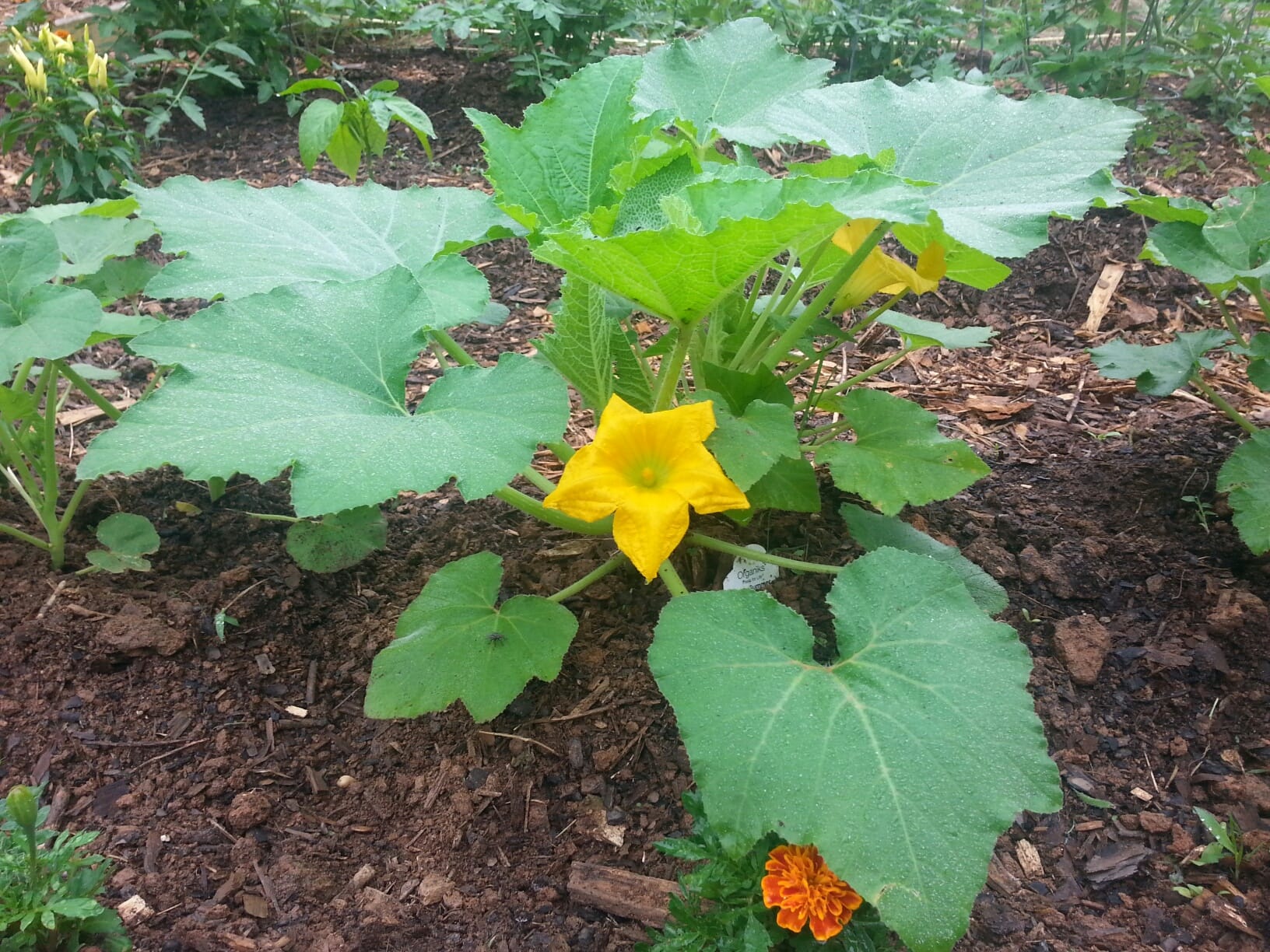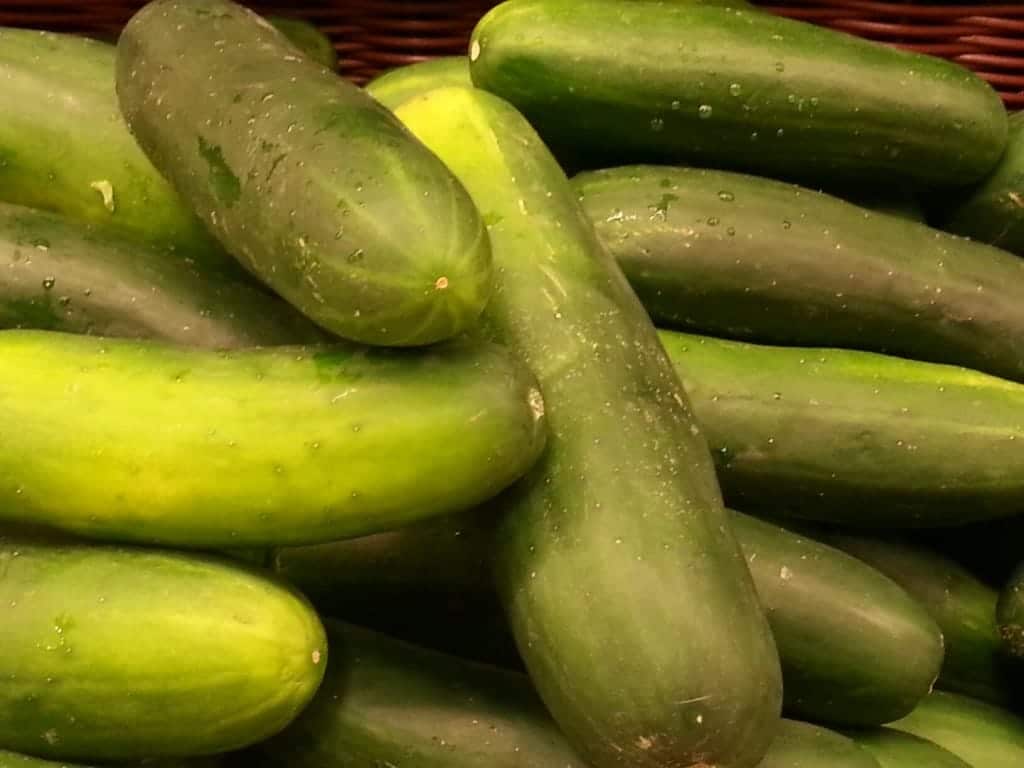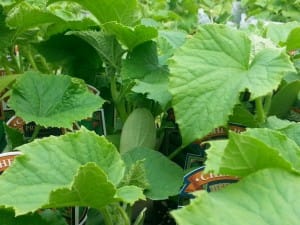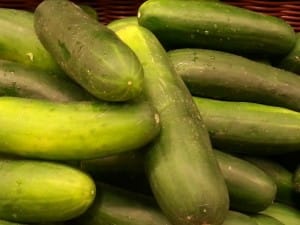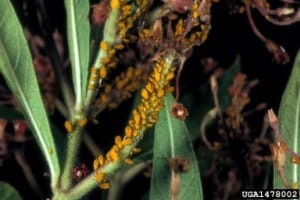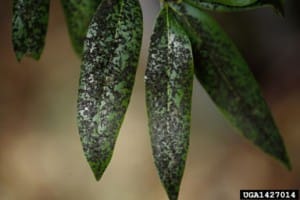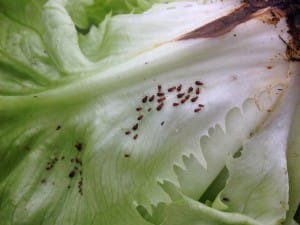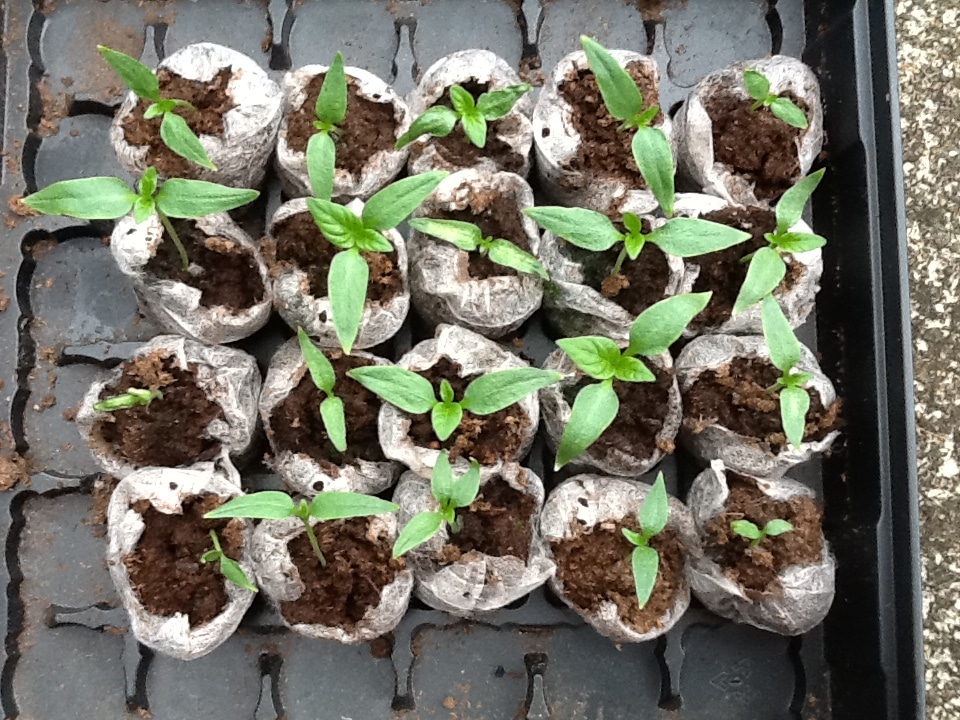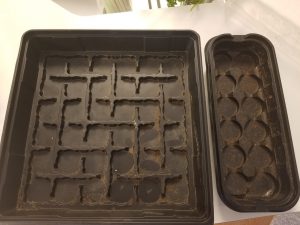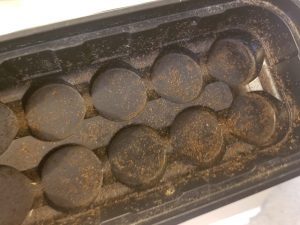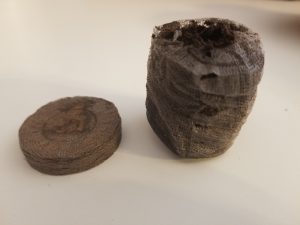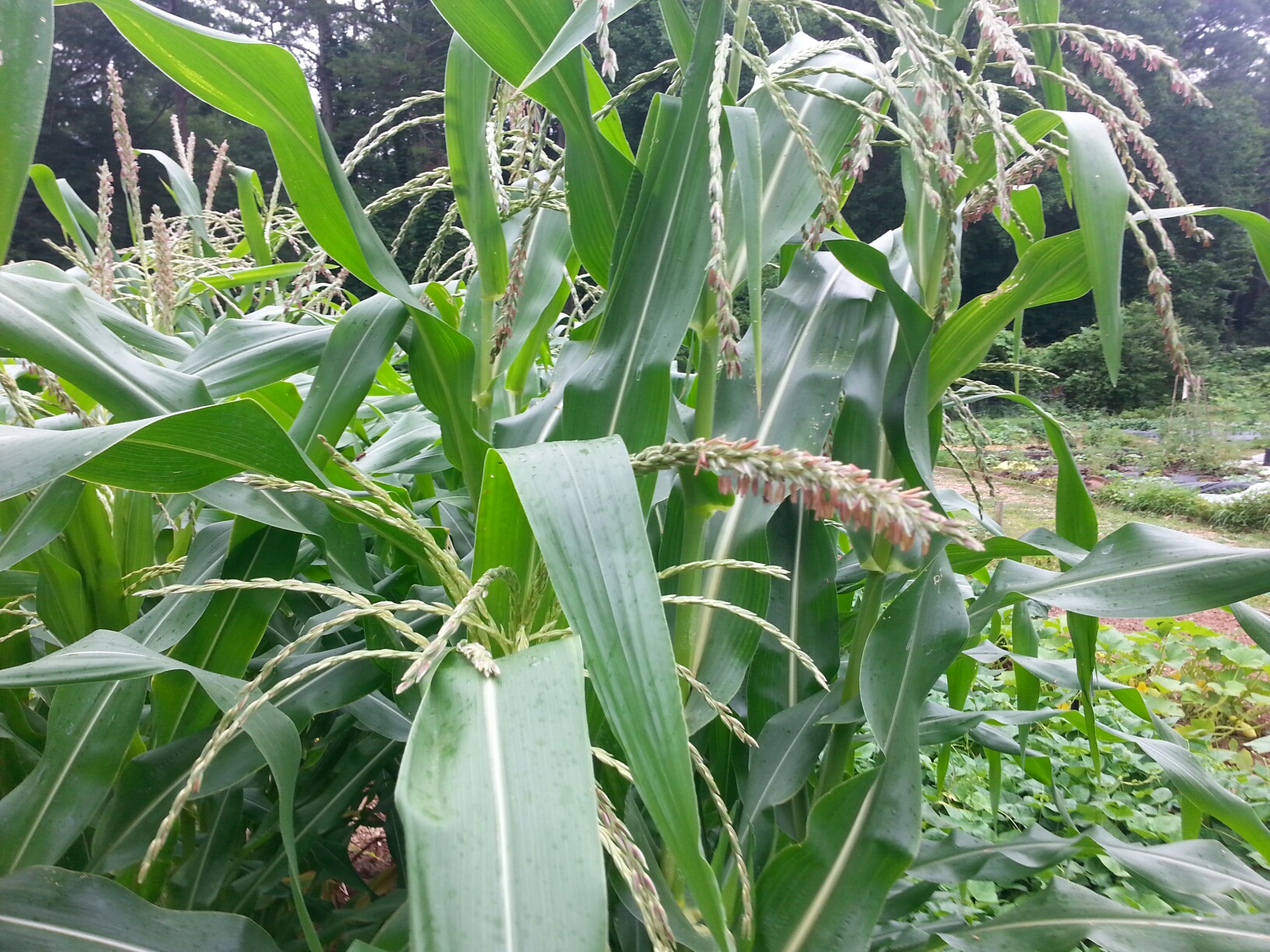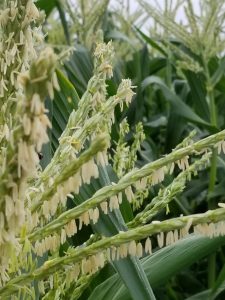Late October is prime garlic planting time for the Atlanta area. The bulbs overwinter in the garden and are harvested in the spring. If you don’t traditionally plant winter crops, garlic is a great one to start with.
Garlic (Allium sativum) is a member of the onion family. Its use dates back to 4000 BC in central Asia. According to Seed Savers Exchange garlic was found in King Tut’s tomb, eaten by Olympic athletes, and used as medicine by Hippocrates. There are over 600 types of garlic grown all over the world. Why not give it a try?
There are two basic categories of garlic: hard-necked and soft-necked. Georgians have better luck growing soft-necked garlic as the hard-necked ones require the long, cold winters and long, cool springs of more northern climates. There are three types of soft-necked garlic that grow well in Georgia: silverskin, artichoke, and elephant garlic (actually a type of leek). Recommended cultivars include Inchelium Red, California Early, and Chet’s Italian – all artichoke types. If you want to try the silverskin type consider Mild French.
Garlic Production for the Gardener is a useful publication on the types of garlic, planting, and harvesting. Planting involves just a few simple steps. Your local UGA Extension Agent will also have information to help you get started.
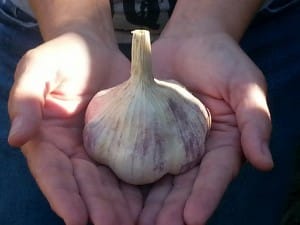
Step 1: Start with prepared soil. Garlic needs rich, loose soil with a pH of about 6.5. Make sure you add some compost after removing the summer plants; don’t just pull up spent plants and put the garlic in the ground. If soil test results indicate adding fertilizer, do so. Garlic is a medium-heavy feeder. Nitrogen can be incorporated in the soil before planting, either with traditional fertilizers or bone meal. Side dress in the spring when shoots are 4 to 6 inches tall. Hold off on nitrogen after April 1st because you want to encourage bulb formation not leaf growth.
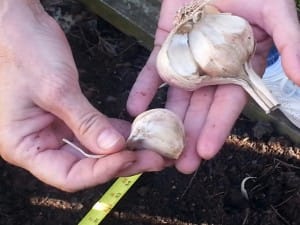
Step 2: Pull the garlic head apart just before you plant. Use the larger bulbs for best results. Also, leave the skin on the bulb.
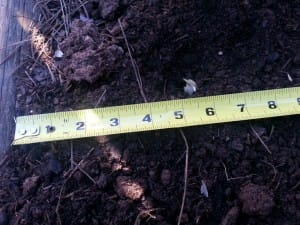
Step 3: Plant the bulbs about 2 inches deep with the pointed end up. Space them about 6-8 inches apart.
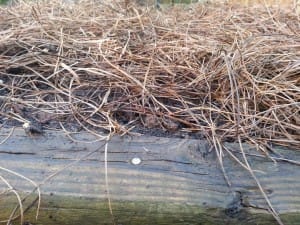
Step 4: Be generous with mulch. A generous amount of mulch helps keep the soil moisture and soil temperatures even.
Tops may show through the mulch by the end of October and the bulbs should be well rooted by November. Since October is one of our driest months of the year, irrigation is important at planting. Watering may be needed in early spring, but be careful not to over water. Stop irrigation once the tops begin to dry and fall over.
Garlic should be ready for harvest between mid-May to mid-July. Look for the tops drying and following over. When 1/2 of the tops are in this condition it is time to harvest. Don’t leave the bulbs in the ground too long or they may rot. Be very careful when harvesting not to damage your crop.
Allow the heads to dry in a warm, dry place. Keep them out of direct sunlight. After the garlic has dried store it in a cool, dry, dark place to keep it fresh as long as possible. Garlic braiding is a unique way of storage.
A community garden plot can yield a year’s worth of garlic so you’ll be able to enjoy those delicious Italian meals all year long. Garlic bread, calazones, tomato sauce, garlic chicken….
Happy Gardening and Mangiate bene!
